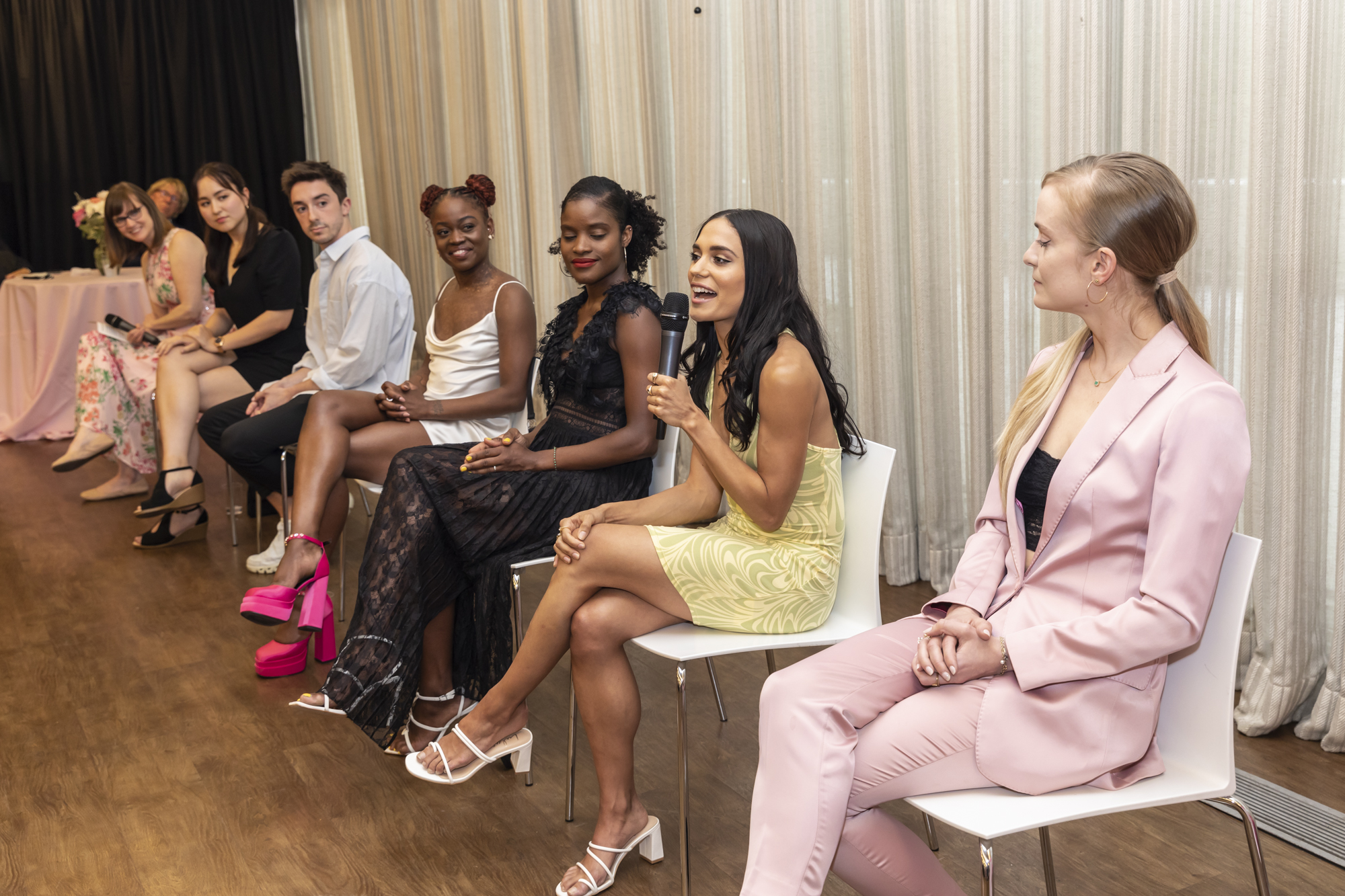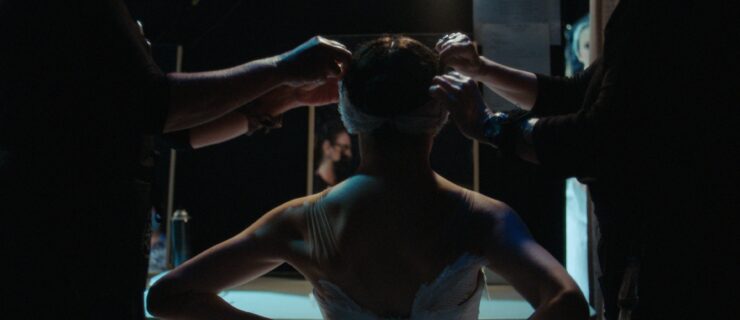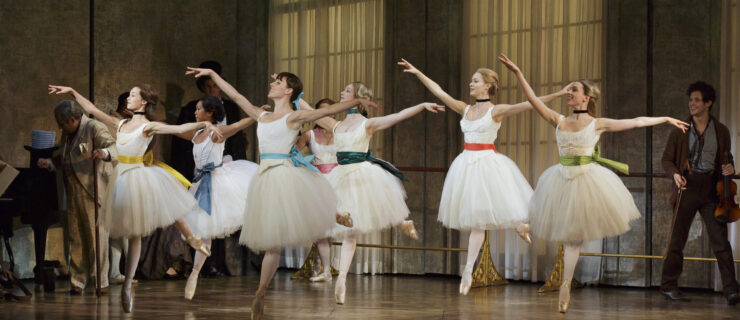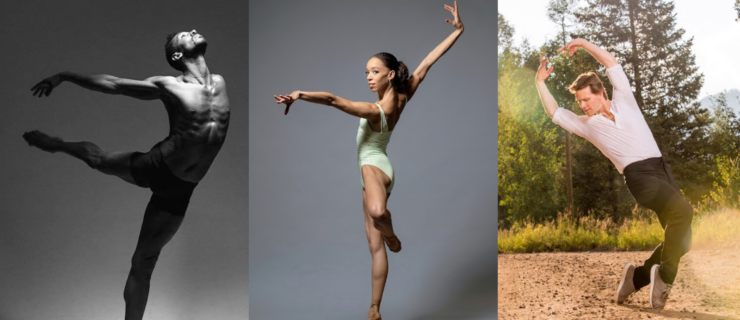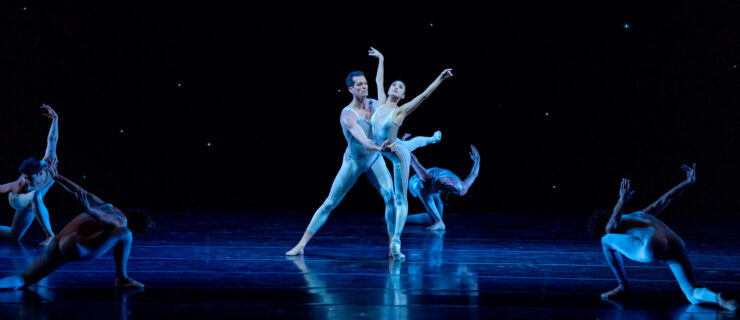Pointe’s 22nd Anniversary Celebration: Celebrating Our Past While Looking Towards the Future
It’s hard to believe that 22 years have gone by since Pointe first came into being. On June 11, we fulfilled a big dream of ours: to bring the ballet community together, in person, for a daylong event celebrating Pointe’s anniversary and our beloved artform. (Thanks to the coronavirus, what was to be our 20th-anniversary party turned into our 22nd. But with this being 2022—the year of the tutu—we felt it was the perfect time to reschedule.)
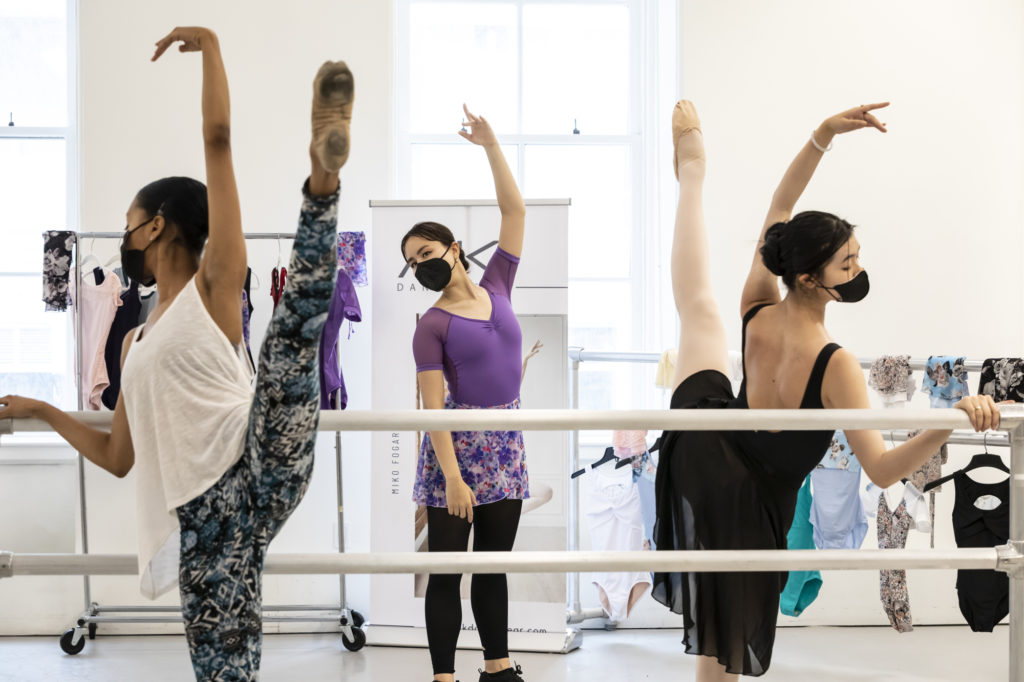
The day started with classes for dancers of all ages at New York City’s Gibney Center, where students rotated between studios throughout the morning. International guest ballet teacher Miko Fogarty, sponsored by AK Dancewear, emphasized épaulement, port de bras and effortlessness in her classes. A selection of AK Dancewear’s latest leotards and skirts were also on display. “From baby ballerinas to post-college graduates to pre-professional students, it was such a fun challenge for me to customize my class to all the different types of dancers who attended,” says Fogarty.
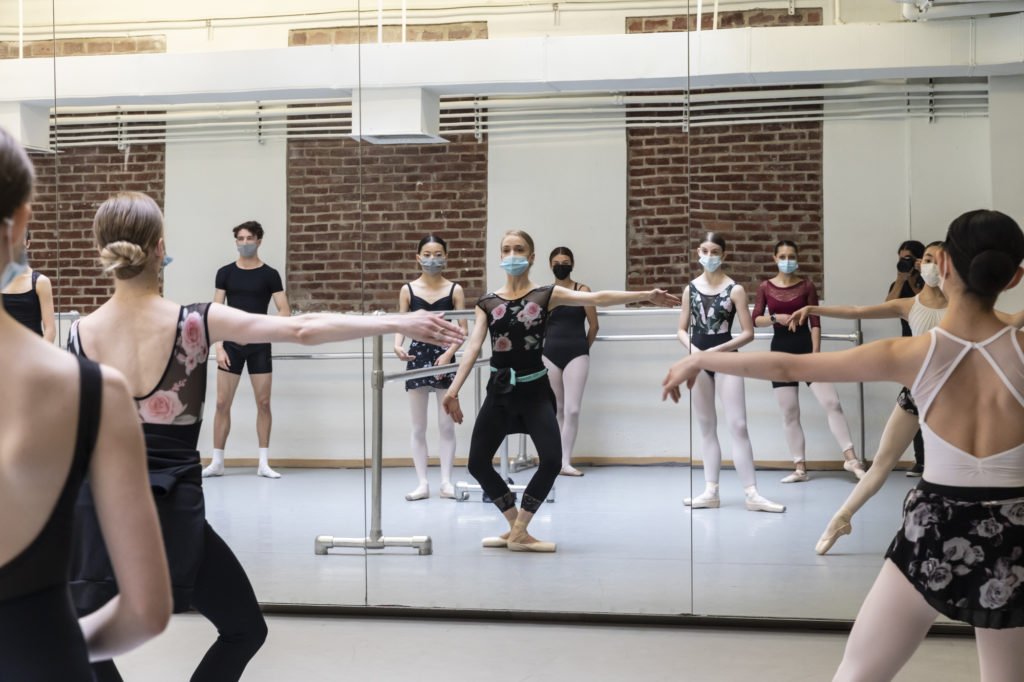
Meanwhile, Só Dança sponsored pointe classes taught by San Francisco Ballet principal Sasha De Sola. “Everyone has individual characteristics that can contribute to the artform in a really deep way, and we just have to have the confidence to share that with people,” she said in an Instagram Live interview that day. The morning also included a special presentation on injury prevention by Dr. Stephen Legate, a chiropractor and former SFB principal, about common dance injuries and the importance of supportive pointe shoes. He offered alignment assessments as dancers waited to get fitted in the new Elektra Tech, Só Dança’s long-lasting, customizable pointe shoe.
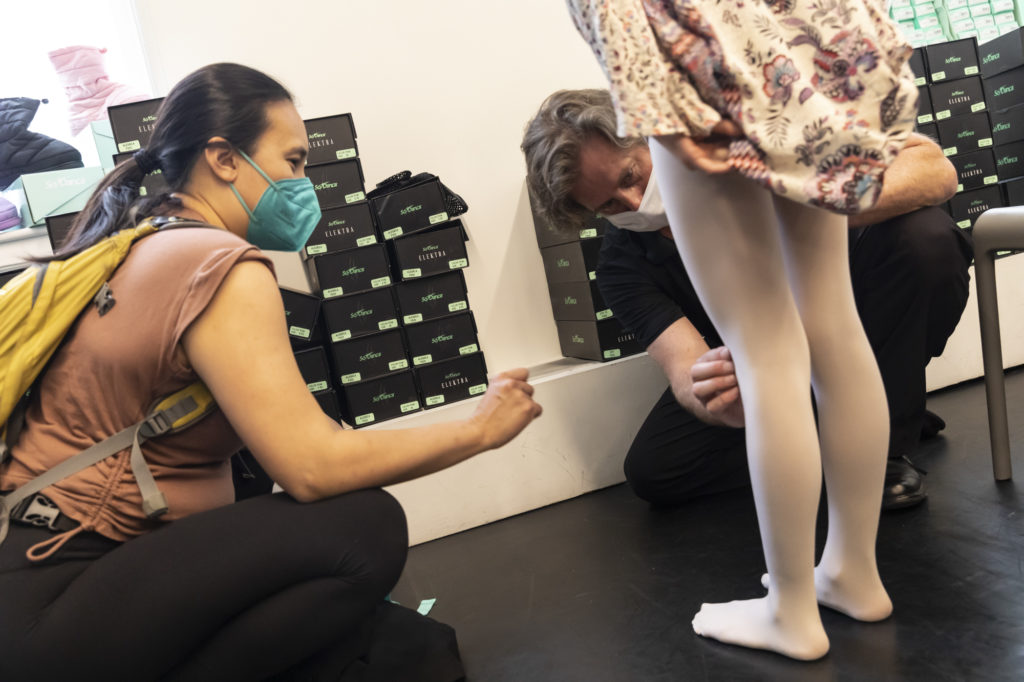
Our day continued with a historic walking tour, starting at New York City Center. Stanford Makishi, City Center’s VP of programming, gave us a fascinating rundown of the theater’s architecture, as well as its special place in dance history as the original home of New York City Ballet and The Joffrey Ballet. We also visited Ballet Arts, one of New York City’s oldest continuously operating dance studios. Founded by Japanese dancer Yeichi Nimura, it boasted teachers like Agnes de Mille, Anton Dolin, Bronislava Nijinska and so many others. Then, after a private shopping experience at Bloch’s flagship store, we headed to the New York Public Library for the Performing Arts, where we were treated to rare archival dance footage and special items from the library’s collection. (It was especially fun to watch the dancers hover breathlessly over pointe shoes once belonging to Anna Pavlova, Alexandra Danilova and Suzanne Farrell!).
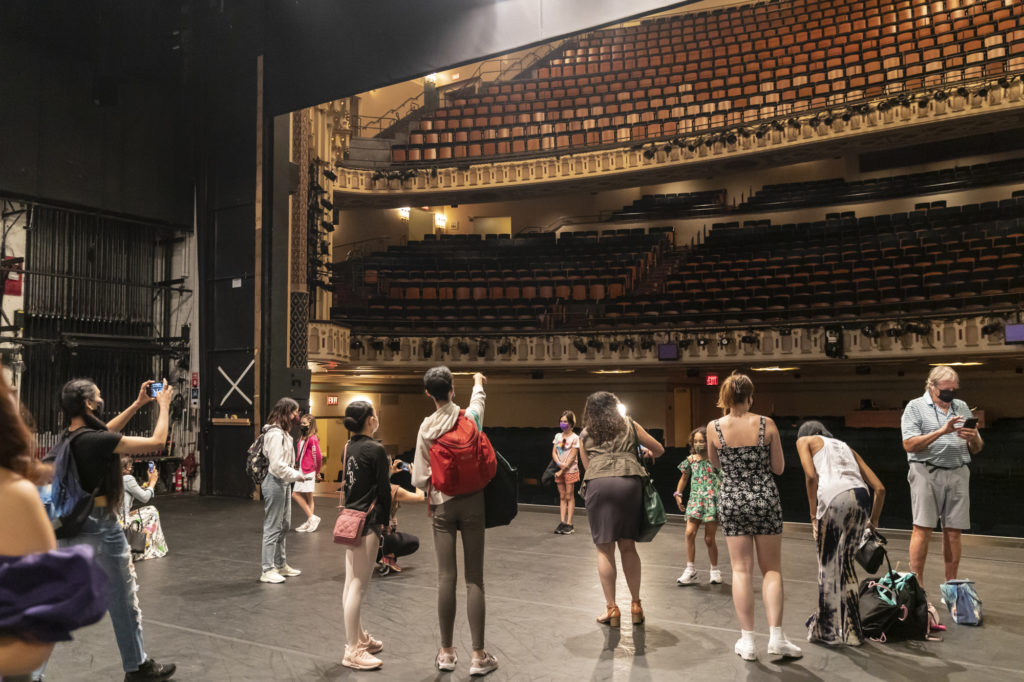
Afterwards we joined other dancers, teachers and past Pointe cover stars upstairs for our anniversary party. Guests hovered around a giant timeline of Pointe’s history that included past covers, stories and other milestones. It was a time to not only celebrate the magazine as it heads into the digital age, but to also look towards ballet’s future. Dance Theatre of Harlem artistic director Virginia Johnson, who served as Pointe’s founding editor in chief from 2000 to 2009, could not be there in person but offered these words in a welcome letter: “For my generation, meticulously recreating past glories without the slightest change was the ultimate achievement. Now, how astonishing—and urgent—it is to be living in a time in which the past can be cherished and questioned.”
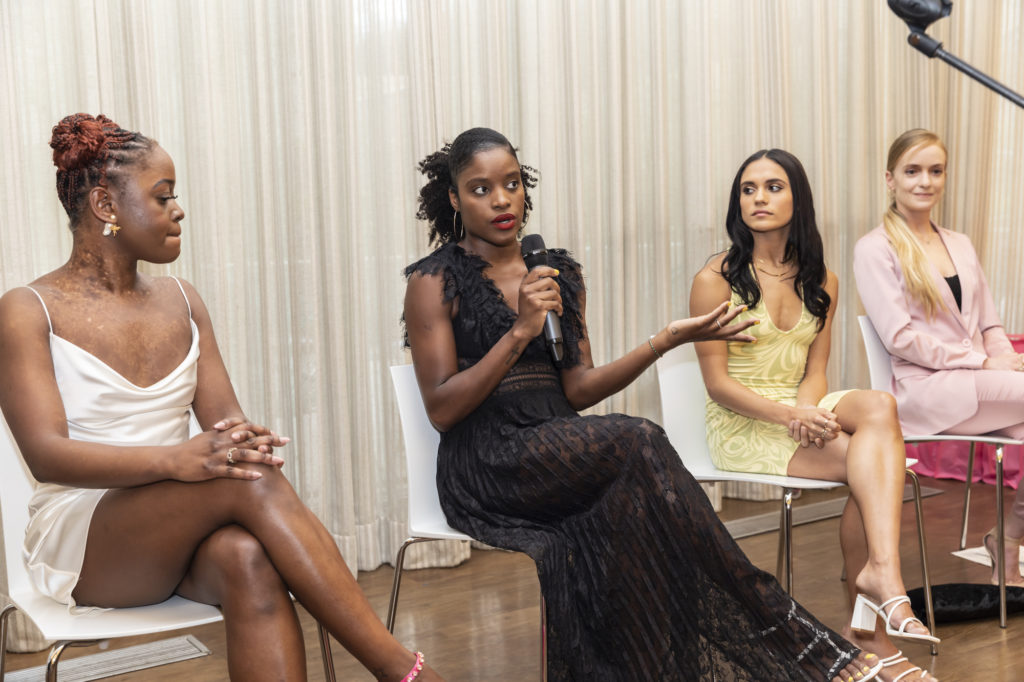
The capstone of the evening was a panel discussion with De Sola, Fogarty, Boston Ballet second soloist Michaela DePrince, Dance Theatre of Harlem’s Ingrid Silva, Complexions Contemporary Ballet’s Tatiana Melendez and American Ballet Theatre corps member Tyler Maloney. They discussed topics ranging from the different career paths dancers have available to them to finding balance and managing social media, and, crucially, what ballet needs next. All of the panelists wanted the same thing: to see a more inclusive, diverse ballet industry that better reflects the world we live in—from what stories we’re putting onstage (and who gets to dance them and create them) to how dancers can feel included, welcomed, safe, and heard in the studio. “I want us to continue to have these conversations that are very difficult in ballet,” said DePrince, reflecting on her own experience as a Black woman in the field. “I don’t want the next generation to feel that pain and struggle of ‘Am I good enough? Do I deserve to be here?’”
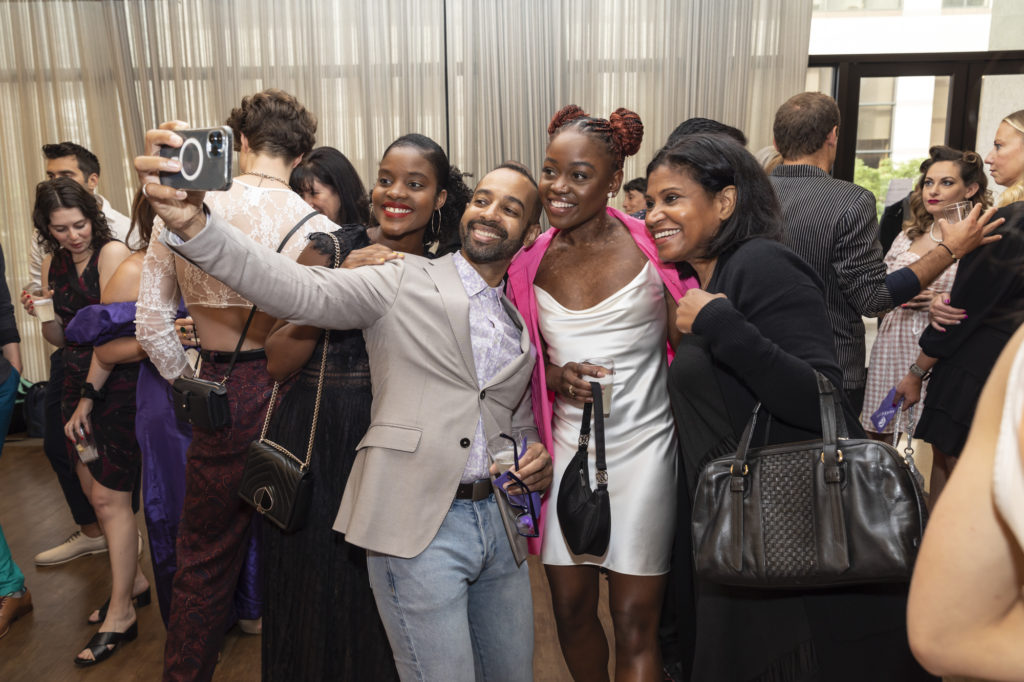
As for Pointe, we want to continue contributing to these conversations. Through our stories and through more live events like this one, we hope to continue to evolve, bring the ballet community together and offer ballet at its best for years to come.
